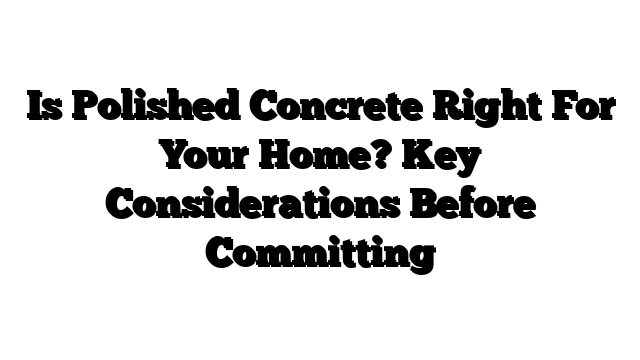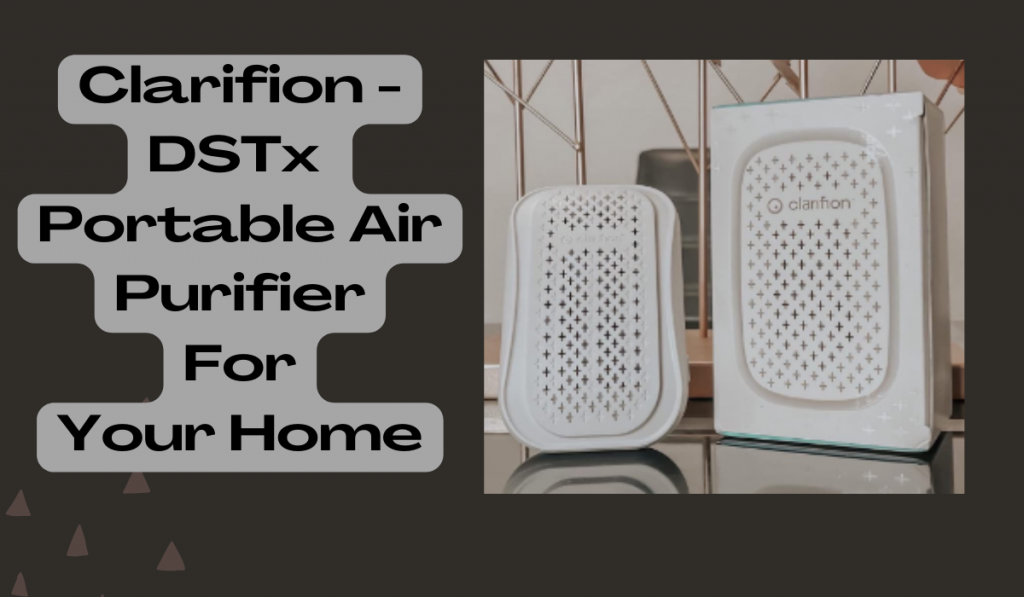Thinking of installing polished concrete floors in your home? As a unique, durable, and eye-catching flooring option, polished concrete offers numerous benefits. However, before taking the plunge, it’s important to weigh some key factors to determine if it’s the right choice for your space and lifestyle. This article will delve into the pros and cons, costs, maintenance, and other considerations you should review before committing to concrete polishing in Melbourne.
What is Polished Concrete?
Unlike standard gray concrete, polished concrete goes through a mechanical grind and polish process that exposes the aggregate (stone and sand) underneath the surface and increases shine. Multi-step resin diamond polishing pads are used to smooth and refine the concrete until it reaches your desired sheen level – usually a gloss, satin, or matte finish. It can also be paired with coloring, scoring, and staining techniques to create varied designs. The result is an elegant, seamless floor that creates the illusion of stone at a lower price point.
Benefits of Installing Polished Concrete
Some of the motivations for installing polished concrete floors include:
Durability – Extremely long-lasting floor with resistance to cracking and damage from heavy foot traffic.
Low maintenance – Doesn’t require waxing or coating reapplication every few years like other floors. Easy to clean.
Design versatility – Takes dye and stain very well for unlimited custom color/design options to match your style. Integral color can also be mixed into the original poured concrete. Scoring and borders can also enhance the design.
Value add – Polished concrete boosts your home’s resale value since buyers are looking for low-maintenance, quality finishes.
LEED building – Contributes to LEED certification points for sustainability. Environmentally-friendly as it reuses concrete already in place.
Temperature neutrality – Doesn’t absorb heat or cold. More comfortable underfoot than stone, tile or wood.
Downsides to Consider
On the other hand, there are a few disadvantages of concrete polishing in Geelong including:
Difficult DIY – This is a challenging project best left to the concrete polishing professionals due to the specialised tools/equipment involved.
Dust during polishing – The concrete grinding process generates large amounts of dust that requires containment. Look for companies that have dust extraction systems.
Not totally impervious – While durable, polished concrete can still be susceptible to cracking, staining, etching from acids, or scratched/gouged from heavy dropped objects.
Appearance concerns – Because it’s a low-sheen floor, polished concrete shows tire marks, food/grease spills, footprints, lint and dirt very visibly. May need to mop more frequently.
Noise echoes – Concrete’s hard, reflective surface accentuates noises from footsteps, dragging furniture or dropped items. Area rugs can help dampen sound.
Installation & Prep Work Required
Proper installation is crucial for polished concrete floors. Here’s an overview of what’s required:
Surface prep – Existing concrete must be assessed to ensure it’s in good condition, with no cracks or foundation issues that could lead to future cracking. Surface is diamond ground to level uneven slabs.
Joint work – Expansion joints and control joints need to be honored and filled properly with elastomeric caulking to allow expected movement and prevent cracks.
Edge work – Perimeter edges should have a compacted gravel base installed underneath to minimise cracking from soil movement. Clean smooth edges properly.
Staining/dyeing – If adding integral color or applying dyes/stains, this is done after initial grinding and before the final polishing steps.
Protect surroundings – Nearby surfaces like baseboards should be masked off to prevent dust staining. Appliances and fixtures may need removed. The space can’t be used during the 1-3 day installation.
Sealing – Most polished concrete floors are sealed after installation to increase shine and stain resistance. Resealing is needed periodically.
Cost Factors
Concrete polishing in Melbourne costs between $3-9 per square foot depending on your location and the concrete finish level desired. Expect to pay more for advanced stain colors, intricate scoring, and higher-sheen polishing. Factors impacting overall cost include:
Concrete condition – Heavily damaged slabs requiring extensive repairs will increase project costs.
Size of area – Polishing costs per sq. ft. decrease for larger spaces due to equipment efficiency.
Access issues – Tight spaces limiting machinery also raise pricing. Empty room=better rate.
Regional labor rates – Wages in your area dictate baseline costs that contractors must build into quotes.
Specialty techniques used – Details like integrated color, scoring, borders, specific aggregates and advanced stains raise the price but also create more custom, decorative floors.
Keep in mind this flooring investment can boost property value significantly if selling, so the upfront costs during remodeling may pay off later.
Maintenance Requirements
While extremely durable, concrete polishing in Geelong does need proper maintenance:
Sealants – Expect to reapply protective sealants every 2-5 years depending on traffic. This prevents staining/etching.
Cleaners – Use only pH-neutral cleaners approved for polished concrete to prevent dulling sealer finishes or reacting with dyes. Never use acidic products.
Spills – Quickly clean up food, liquids or hazardous materials like oil/grease, which can penetrate and stain even sealed concrete.
Area rugs – Rugs protect high traffic zones and also allow renewing sealants in phases rather then closing off whole rooms at once. Rotate periodically.
Furniture pads & movers – Attach felt pads underneath furniture legs and use smooth rolling furniture movers to prevent scratching.
No spikes or sharp objects – High heels, cleats and pet claws can damage polished concrete floors.
Final Words
As you can see, there are numerous upsides but also important considerations when evaluating installing polished concrete in your home. Advance planning for proper installation, cost investment, everyday maintenance, and understanding inherent vulnerabilities will set realistic expectations. Meet with qualified polished concrete contractors, like Premium Concrete Resurfacing, to determine if it ultimately aligns with your flooring needs and resources. If so, embrace the process and customised design potential to create a one-of-a-kind concrete floor that gracefully endures years of everyday living
James Martin is a passionate writer and the founder of OnTimeMagazines & EastLifePro. He loves to write principally about technology trends. He loves to share his opinion on what’s happening in tech around the world.


